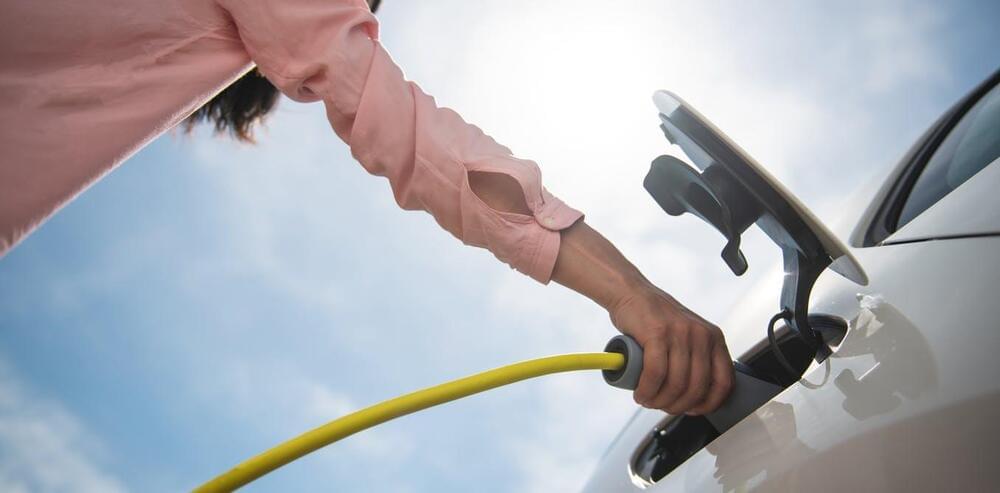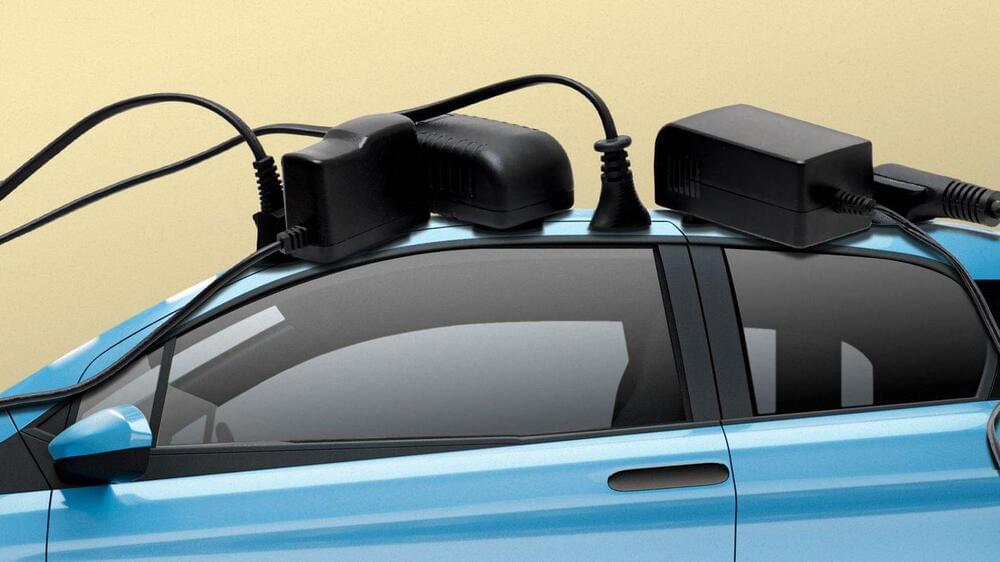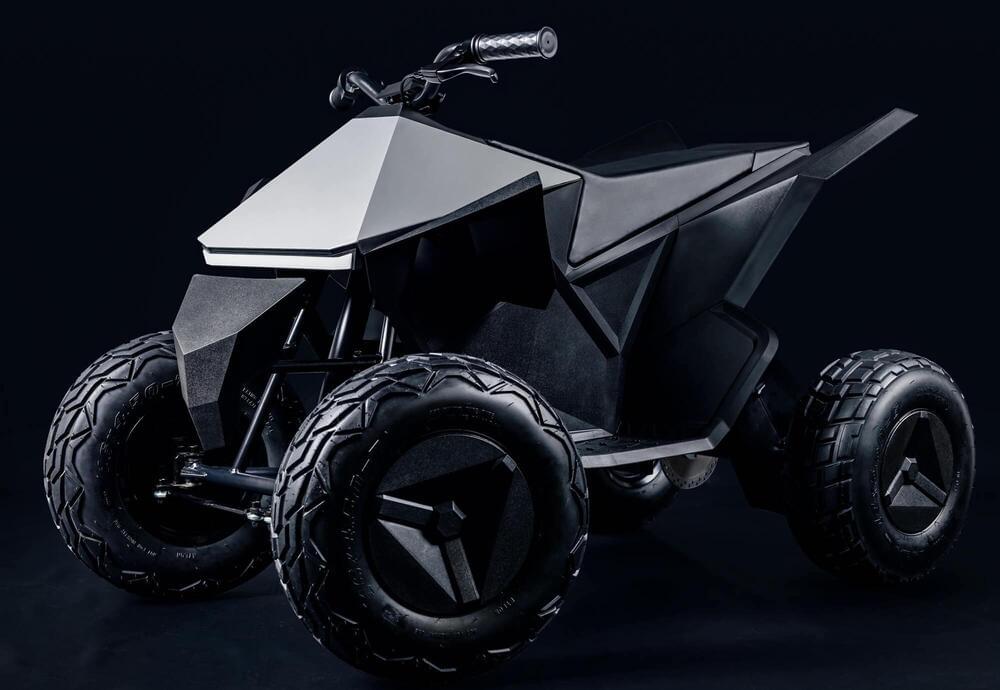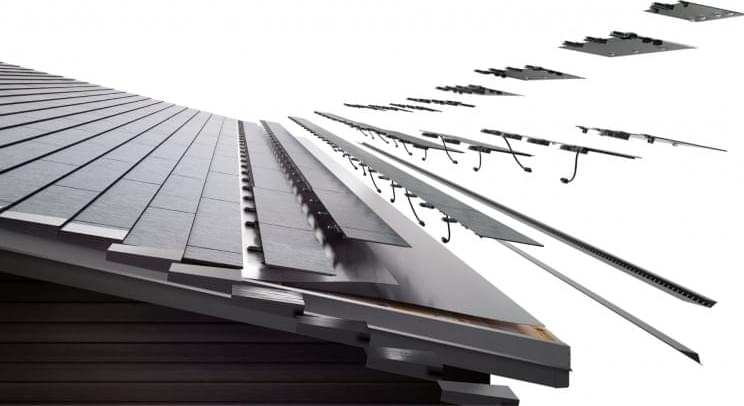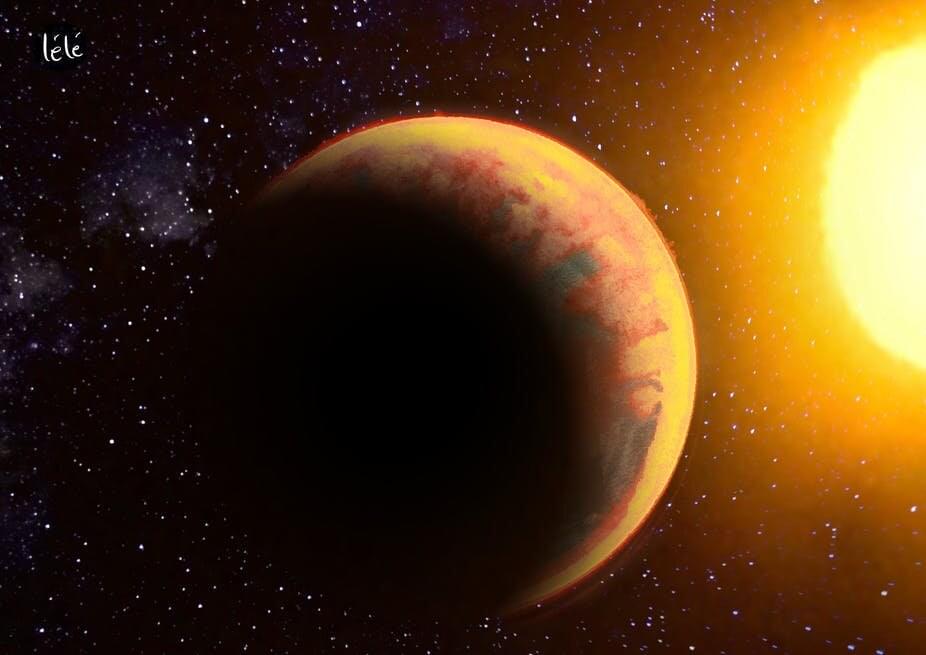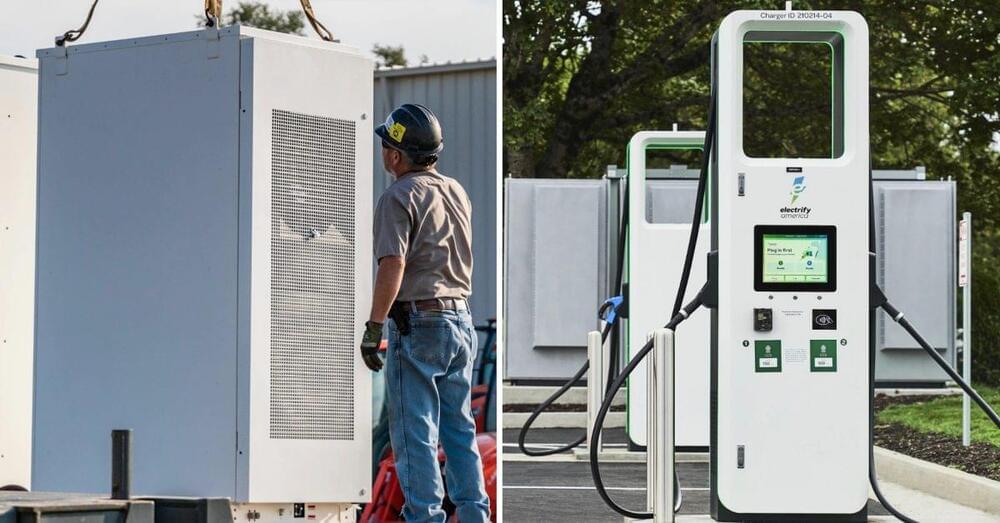Learn Artificial Intelligence with these online courses
#artificialintelligence … See more.
Are you looking for the Best Certification Courses for Artificial Intelligence? If yes, then your search will end after reading this article. In this article, I will discuss the 10 Best Certification Courses for Artificial Intelligence. So, give your few minutes to this article and find out the Best AI Certification Course for you.
Artificial Intelligence is changing our lives. We can see the evolution of AI almost in every industry like finance, healthcare, education, transportation, and more. The best examples of Artificial Intelligence are Self-Driven Cars, Google Assistant/Siri/Alexa, Product Recommendations, Chatbots, Facebook Image Recognition, GPS, Pandora, BLUE RIVER, and Plantix.
